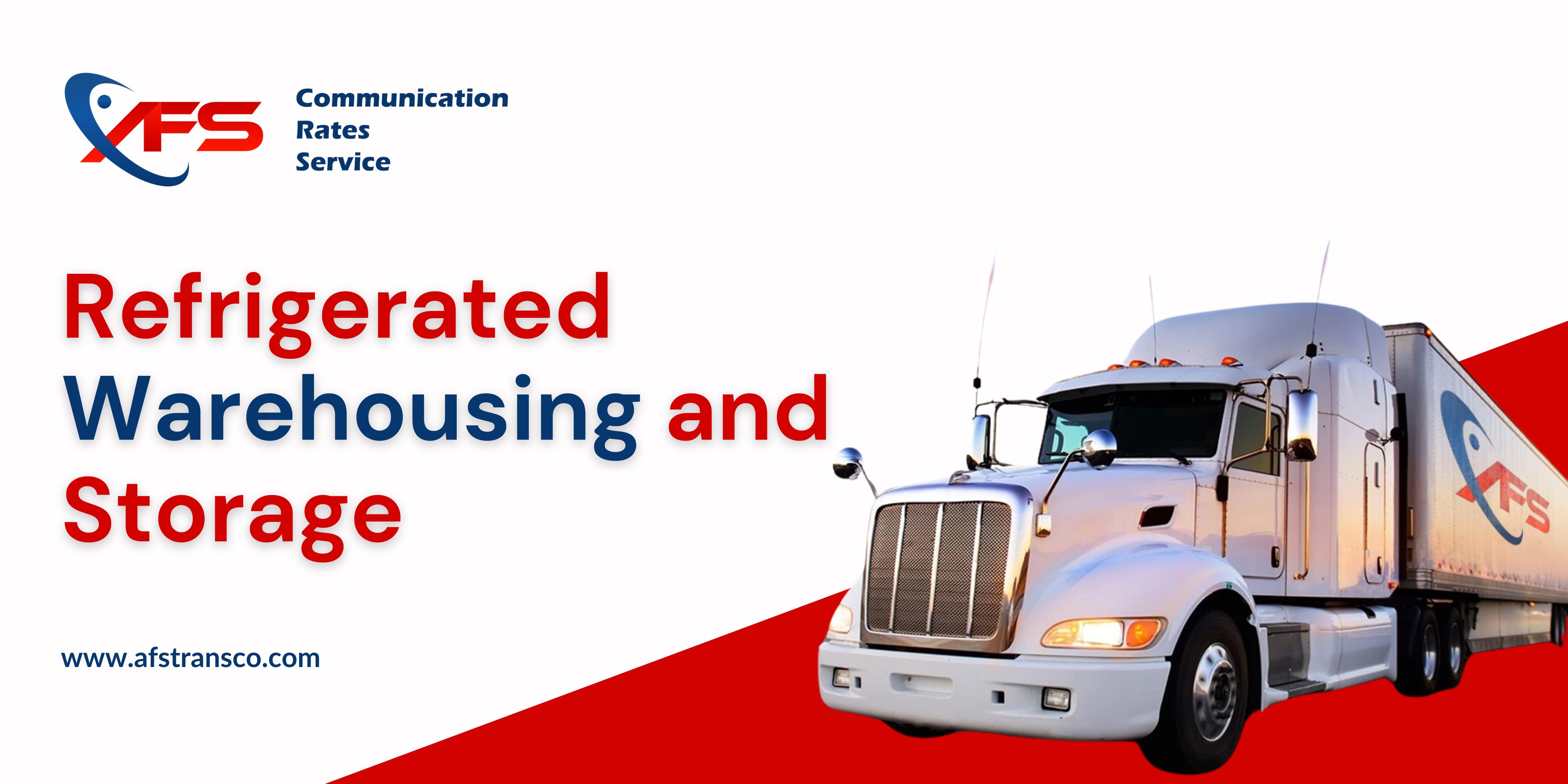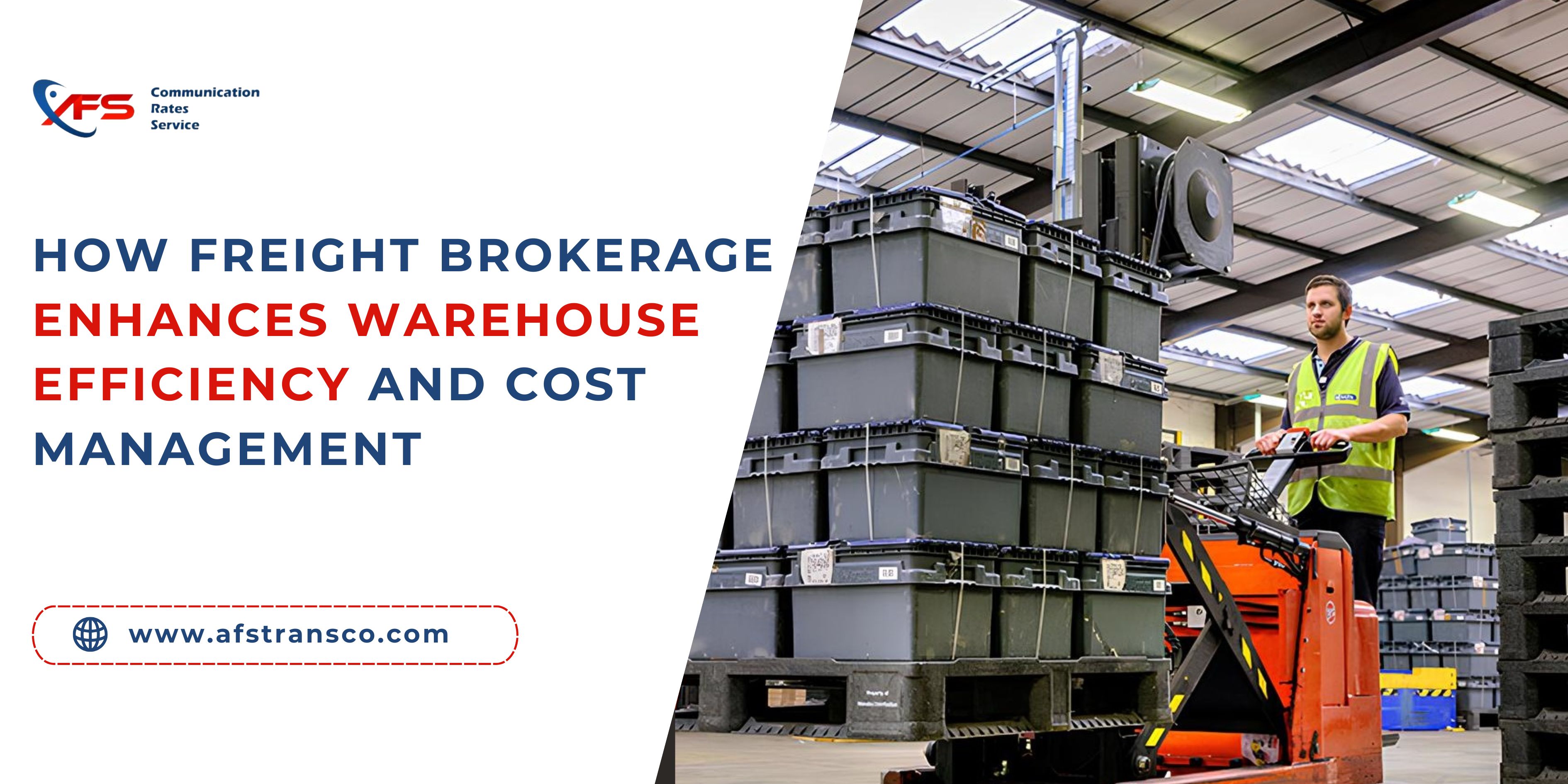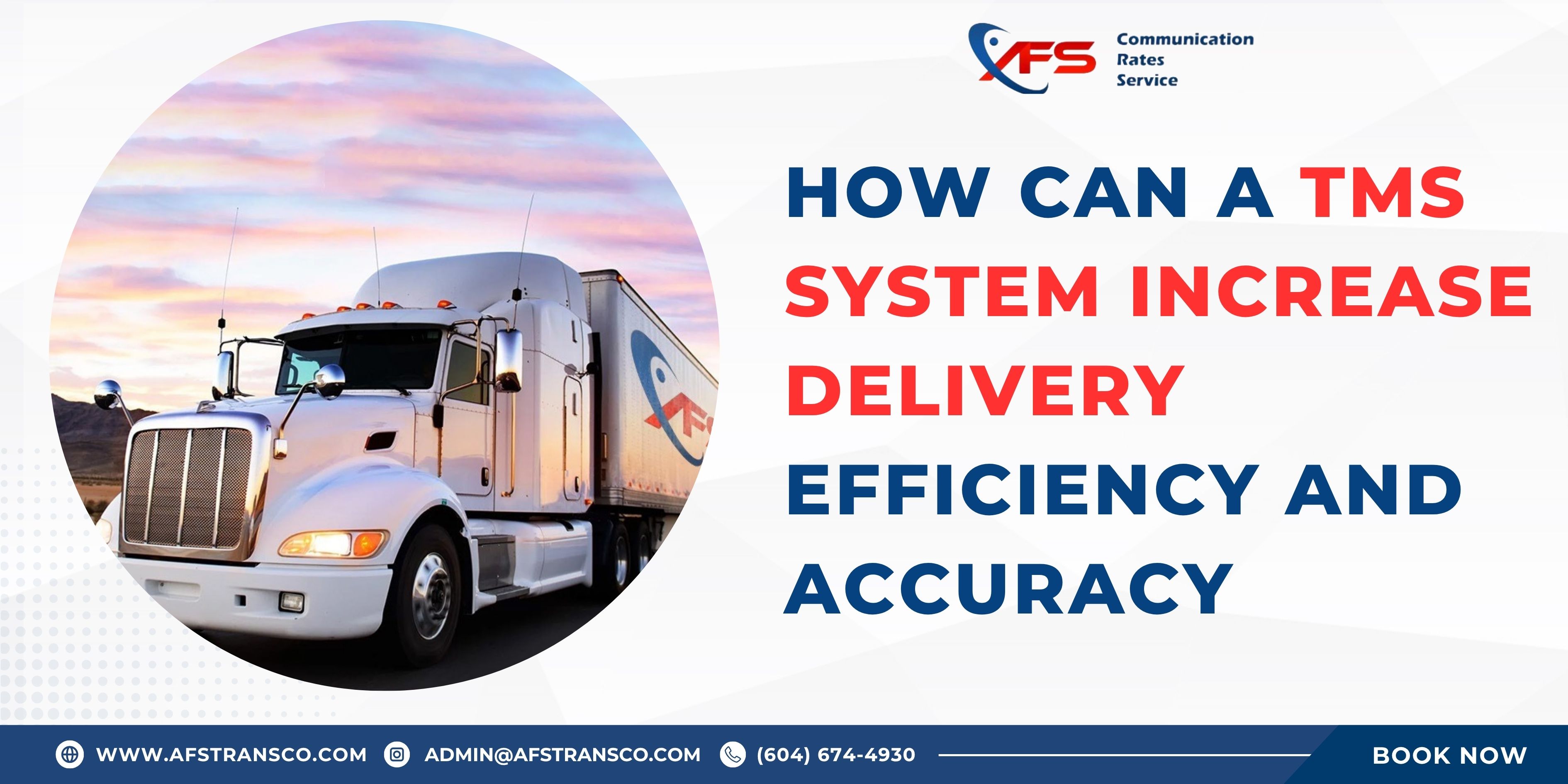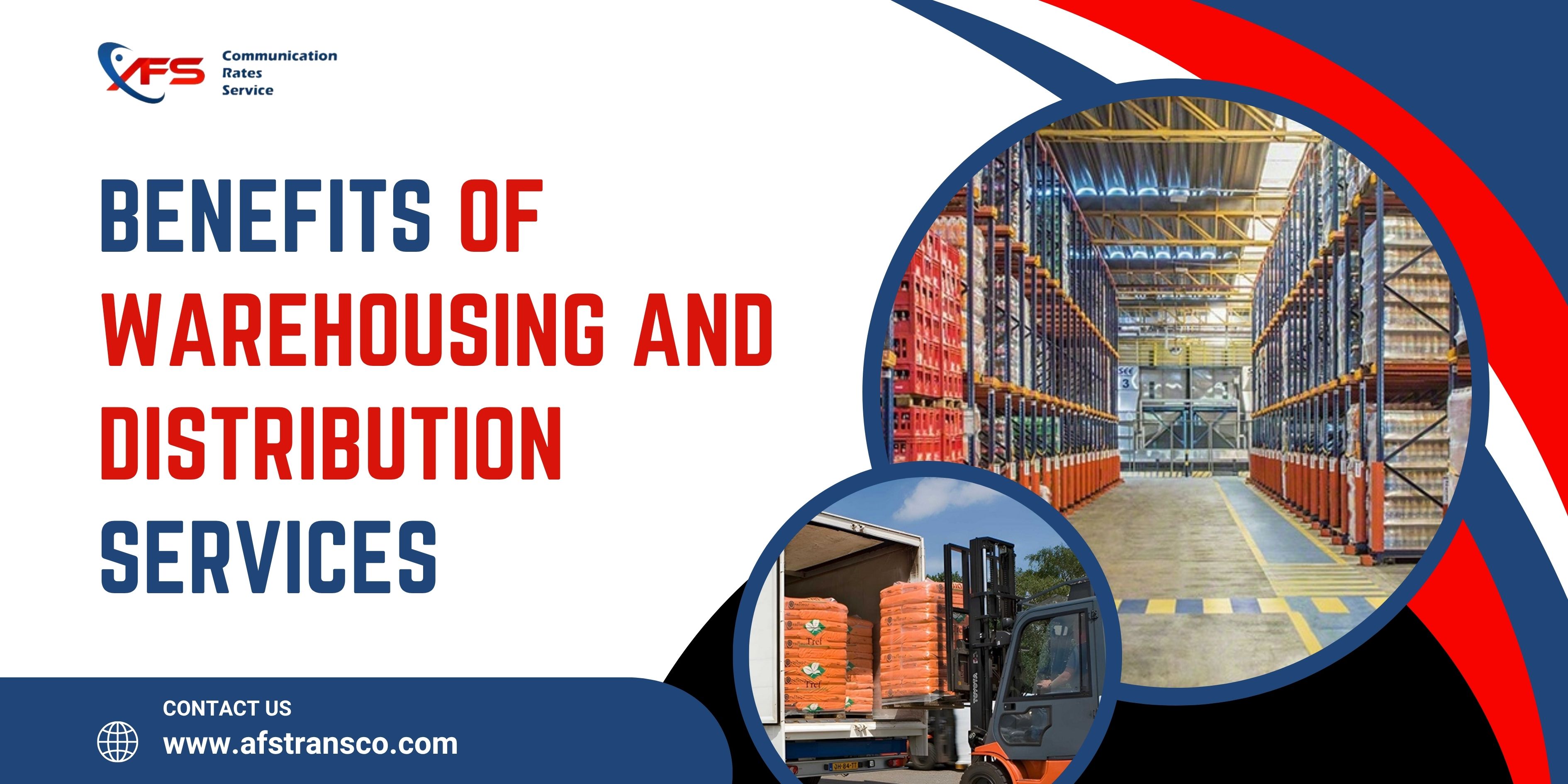In today’s fast-paced and increasingly complex logistics landscape, businesses are continually seeking ways to improve the efficiency and reliability of their supply chain operations. One of the most effective tools for achieving this is a Transportation Management System (TMS). A TMS is software that simplifies the entire logistics process, from planning and executing the movement of goods to tracking shipments and managing documents. It plays a critical role in helping businesses streamline their freight operations, reduce costs, and improve customer satisfaction.
In this blog, we will explore the key benefits of using a TMS for managing freight, covering shipment tracking, document storage, real-time updates, and more.
1. Enhanced Shipment Tracking and Visibility
One of the most significant advantages of a TMS is the ability to track shipments in real time. Traditionally, tracking freight required multiple touchpoints between the carrier, shipper, and customer, often resulting in delays and miscommunication. With a TMS, shipment tracking becomes automated and transparent, providing all parties with real-time updates on the location and status of their cargo.
Real-Time Updates: A TMS allows shippers to monitor their freight throughout its journey, ensuring that any deviations, delays, or issues can be addressed immediately. This level of visibility reduces the risk of lost or delayed shipments.
Proactive Problem-Solving: In case of disruptions—whether due to weather, traffic, or mechanical issues—a TMS provides timely alerts, allowing businesses to make quick adjustments and avoid major delays.
For businesses dealing with high-value or time-sensitive goods, this increased visibility is crucial. The ability to monitor shipments closely can help prevent losses and ensure that delivery timelines are met, ultimately leading to improved customer satisfaction.
2. Streamlined Document Management
Managing freight often involves an extensive array of documents, including Bills of Lading (BOLs), commercial invoices, packing lists, and customs declarations. Keeping track of these documents manually can be overwhelming and prone to errors, leading to delays and complications in the logistics process.
A TMS simplifies document management by digitizing and centralizing all relevant paperwork, making it easier for logistics teams to access, update, and share documents as needed. Some key benefits of a TMS’s document management capabilities include:
Ease of Access: All necessary documents can be stored digitally within the system, making it easy for shippers, carriers, and customers to access and review them at any point in the shipment process.
Elimination of Paperwork: By moving away from traditional paper-based systems, businesses can reduce errors, minimize processing time, and improve overall efficiency.
Automated Compliance: A TMS can automatically check that all required documentation is in place, reducing the risk of customs delays or regulatory violations.
Effective document management through a TMS ensures that the entire freight process runs smoothly, from order placement to final delivery, without unnecessary delays or compliance issues.
3. Improved Efficiency Through Automation
Another significant benefit of a TMS is its ability to automate many routine logistics tasks, freeing up valuable time and resources for businesses. From scheduling shipments and optimizing routes to generating reports and managing invoicing, a TMS automates a range of functions, reducing the need for manual intervention.
Key automation benefits include:
Optimized Routing: A TMS can automatically calculate the most efficient routes for shipments, taking into account factors such as distance, traffic, and fuel consumption. This not only reduces transportation costs but also shortens delivery times.
Carrier Selection: Based on predefined criteria such as price, service level, and delivery speed, a TMS can select the most appropriate carrier for each shipment, ensuring optimal performance.
Invoicing and Billing: By automating the creation and distribution of invoices, a TMS streamlines financial processes and ensures accurate billing for every shipment.
Automation reduces the risk of human error and increases the overall speed and efficiency of the logistics process. This leads to cost savings, improved operational performance, and a more streamlined supply chain.
4. Seamless Integration with Other Systems
A robust TMS can be integrated with other business systems, such as Enterprise Resource Planning (ERP) software, Warehouse Management Systems (WMS), and Customer Relationship Management (CRM) platforms. This allows businesses to streamline processes across different departments and gain a more holistic view of their operations.
For example, integrating a TMS with an ERP system allows businesses to automatically sync shipment information with order and inventory data. This ensures that all stakeholders have access to accurate and up-to-date information, improving decision-making and enhancing overall supply chain visibility.
Seamless integration also makes it easier to track financials, manage inventory, and optimize warehouse operations, further contributing to the efficiency of the logistics process.
5. Cost Reduction and Increased ROI
One of the main goals of any logistics operation is to reduce costs while maintaining or improving service levels. A TMS helps businesses achieve this by optimizing routes, reducing fuel consumption, automating processes, and minimizing manual labor.
Fuel Savings: By selecting the most efficient routes and reducing idle time, a TMS can significantly lower fuel costs.
Reduced Labor Costs: Automation of routine tasks means that fewer employees are needed to manage shipments, leading to labor savings.
Error Reduction: The automation of document management and shipment tracking reduces errors and avoids costly delays or re-shipments.
These cost-saving measures contribute to an improved return on investment (ROI), making a TMS a valuable tool for businesses looking to optimize their logistics operations.
Conclusion
A Transportation Management System (TMS) is a powerful tool that offers numerous benefits for businesses managing freight. From enhancing shipment visibility and streamlining document management to automating routine tasks and integrating with other business systems, a TMS is crucial for optimizing logistics processes.
By investing in a TMS, businesses can improve operational efficiency, reduce costs, and provide better service to their customers—ultimately strengthening their supply chain and gaining a competitive edge in the marketplace.









